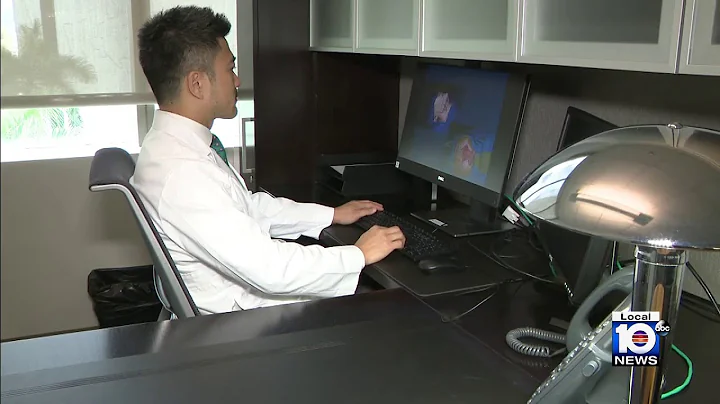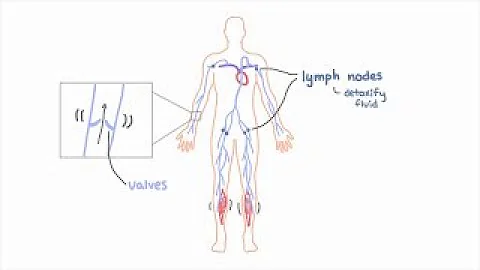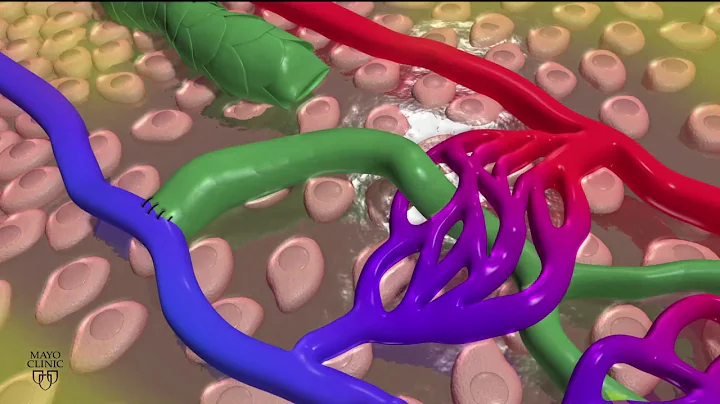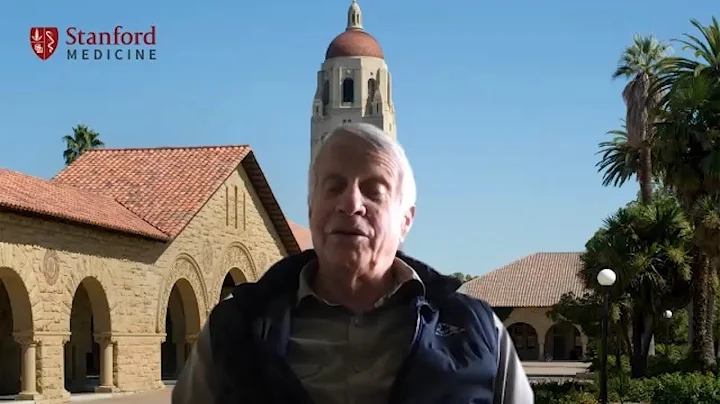Lymphedema is a highly disabling chronic disease. In the past, it was thought that the disease could not be cured. However, with the development of microsurgery technology, this status quo has been greatly changed. A woman who suffered from severe lymphedema in her left lower limb for more than two years after cervical cancersurgery successfully "shrunk" her "elephant legs" under the microsurgical treatment of the team of Director Lan Rongyu of Guangzhou Heping Orthopedic Hospital .
"Elephantiasis" appeared after cervical cancer surgery, making it difficult to walk.
html In 2004, 61-year-old Ms. Wang had cervical cancer resection. A year and a half later, edema appeared in her left lower limb. She didn't pay attention to it at first, but then her left leg Gradually thickening, swelling became obvious, the skin was as rough and tough as elephant skin, with thorns, and there were some small ulcers with exudate on the surface, accompanied by pain, which affected daily walking.Due to poor treatment results in many hospitals, Ms. Wang later found the microsurgery team of Guangzhou Heping Orthopedic Hospital.

The circumference of her left thigh was measured to be 56 cm when she was admitted.
Director of the Department of Trauma Microsurgery of the Hospital, Lan Rongyu, made a detailed assessment of her condition and concluded that Ms. Wang had lymphatic drainage disorder in her left lower limb after lymphadenectomy for cervical cancer. If the condition is serious and conservative treatment is no longer effective, it is recommended to use the currently popular treatment method in the world - lymph node flap transplantation. This method has accurate clinical efficacy.
Lymphedema may become malignant and seriously affect the quality of life.
The lymphatic system is the body's second circulatory system. It has two major functions. One is to filter lymph fluid and remove microorganisms and cell debris. The other is to activate immune function.
Lymphedema is a disease in which lymphatic fluid is retained in tissue spaces due to lymphatic circulation disorders, resulting in pathological changes such as tissue edema, fat deposition, chronic inflammation, and tissue fibrosis.
If lymphedema cannot be intervened in a timely and effective manner, "elephantiasis" may form in the later stage, followed by secondary infection and ulcer formation. Tissue infection will aggravate edema and form a vicious cycle. In a few cases, malignant transformation is possible. Therefore, once lymphedema occurs, it will seriously affect the patient's health and quality of life.
Lymph node flap transplantation, the swelling was significantly reduced 1 week after the operation.
According to director Lan Rongyu, lymph node flap transplantation is to transplant skin flaps containing lymph nodes from other parts of the body to the area affected by lymphedema, which will cause retention of lymphedema. The lymphatic fluid is guided back to the venous system, thereby reducing swelling of the limb and improving the appearance and function of the limb.
This is a very complex microsurgery that requires the surgeon to have superb microsurgical techniques and superb surgical skills.
In view of Ms. Wang’s situation, Director Lan Rongyu formulated a surgical plan to transplant from the free flap with blood vessels and lymph nodes on the inner side of the right upper arm to the left ankle. After Ms. Wang agreed, Director Lan Rongyu led the department's surgical team to perform a vascularized lymph node flap transplant on her the next day. After nearly 7 hours of careful surgery, Ms. Wang returned to the ward safely.
One week after the operation, the edema in the left lower limb subsided significantly. The circumference of the lower thigh was measured to be 39 cm (preoperative: 49 cm), and the circumference of the highest point of the calf was 33.3 cm (preoperative: 41 cm). The patient was discharged successfully.

The left leg was significantly swollen after surgery
After lymphatic surgery, adhere to rehabilitation exercises to prevent recurrence
According to statistics from the World Health Organization , lymphedema ranks 11th among common rare diseases, with 170 million patients worldwide. Lymphedema of the limbs is divided into primary and secondary forms, with secondary forms becoming more common in recent years. It has been reported in the literature that the incidence rates of postoperative lymphedema are: breast cancer 6% to 30%, pelvic malignant tumors 1% to 47%, head and neck tumors 222% to 56%.
Director Lan Rongyu reminded that although lymph node flap transplantation is effective, it is not permanent. Lymphatic vessels are like sewers. If not cleaned in time, it is likely to lead to recurrence. Therefore, after lymphatic surgery, you need to continue to perform rehabilitation exercises and do self-care.
How to self-care for patients with lymphedema?
1. Promote lymphatic reflux : Use mechanical methods or techniques, starting from the farthest end of the limb, and squeezing along the direction of the lymphatic vessel toward the proximal end to promote lymphatic reflux.
2. Exercise: active and passive movement of the affected limb to promote lymphatic return. Correct use of elastic bandage or elastic stockings .
3. Raise the affected limb: Use gravity to promote lymphatic drainage and reduce edema.
Written by: Nandu reporter Wang Daobin Correspondent Li Mei





















